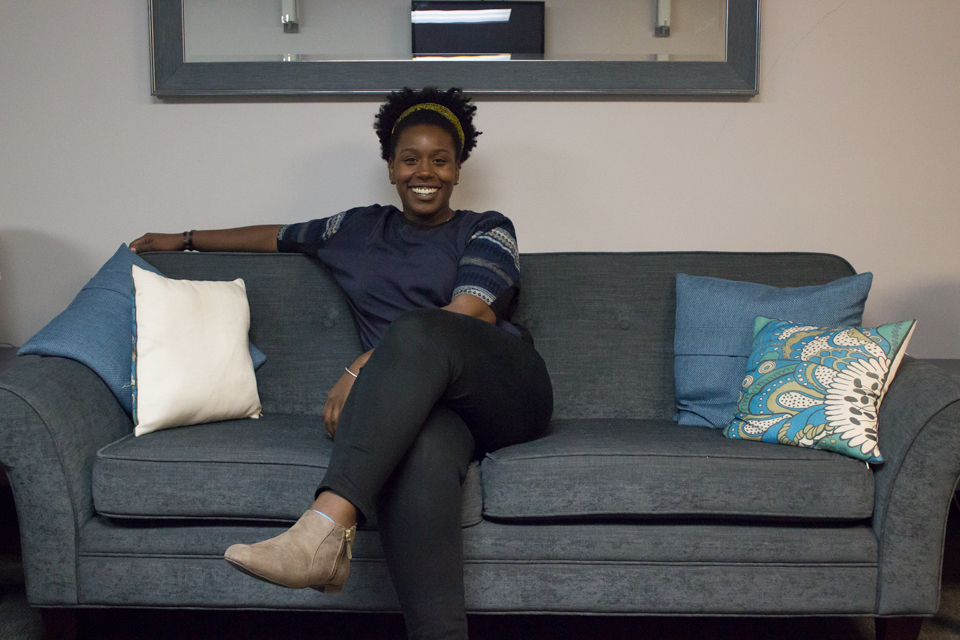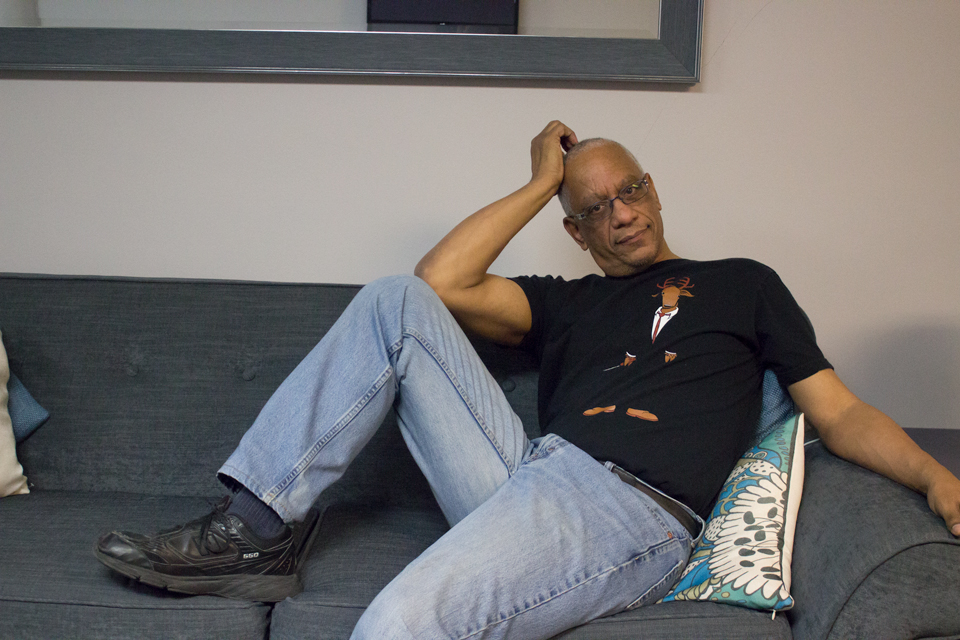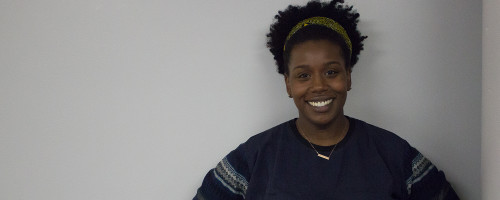Run a quick search on Google for the word ‘booty’. Likely, an absurd number of expressions for the highly commercialized body part will appear. Cake, tail-feather, fanny, derriere, money-maker – the list seems impossibly infinite and the names grow increasingly more bizarre.
Some of the most popular songs looped on the radio praise plump posteriors like gospel and have many coaxed into singing lyrics like, “My anaconda don’t want none unless you got buns hun,” a line from Nicki Minaj’s catchy “Anaconda”.
Many women today will go to extreme lengths in order to be accepted into the big booty netherworld. Every tactic from butt injections to fads like the ‘30 Day Squat Challenge’ are on the table when working to achieve that glorious apple bottom shape. It’s an obsession that seems to have been super-charged by social media and how quickly trends are able to circle the Internet.

“There’s something every single day about women’s bottoms in songs and everything.”
The big question though: where did this fascination with bodacious bottoms come from?
Toronto playwright Meghan Swaby posed the same question after discovering the story of Saartjie “Sarah” Baartman, a Khoisan woman taken from her home in South Africa during the early 1800s to live in London, England where she was put on display predominantly because of the size of her rear.
“For me growing up [with a Jamaican mother] there was a lot of emphasis on the booty,” Swaby recalls.
“[She’d say] ‘oh look at the batty’ and I was like where does this obsession come from? Where did that start? Coming across the Sarah Baartman story I felt like, ‘oh we can trace that through history.’ That began my obsession with researching and realizing that everyone needs to know about this woman’s life.”
Swaby’s manifestation of Baartman’s narrative and its relation to women today takes form in the compelling theatrical performance Venus’ Daughter, a play that she wrote and stars in. Swaby plays the main character, Denise, a Black woman working in retail that constantly compares her body to the bodies of women she sees every day.
“There’s something every single day about women’s bottoms in songs and everything. Denise is someone who ingested all of those messages we get from the media and I think she’s someone who’s not able to filter out the bad and good and because of that what starts to happen is she loses all sense of self and is so obsessed with comparing herself to other women.”
“As Sarah Baartman I imagine her being in the cage and being like women puff their skirt backs to have puffed out posteriors and then laugh and cackle at me.”
One woman’s assets that have definitely contributed to today’s zealous booty culture are that of reality TV personality Kim Kardashian West. Despite the fact that for centuries the curvaceous figures of Black women have been condemned, while at the same time hyper-sexualized, the women of the Kardashian family, who are a blend of Armenian and Caucasian heritage, are celebrated for acquiring features often attributed to Black women.
Swaby addresses a similar paradox during a scene in Venus’ Daughter where Akosua Amo-Adem, the actress who plays Sarah Baartman, is shown in a cage questioning why her body is viewed as a freak show attraction even though the females who would come to watch her decorated themselves in gowns with pronounced backsides.
“As Sarah Baartman I imagine her being in the cage and being like women puff their skirt backs to have puffed out posteriors and then laugh and cackle at me,” says Swaby.
The puffing out of skirt backs eventually became known as the Victorian bustle in the 1870s, over 50 years after Baartman’s death. The high-fashion trend is a testament to the double standard that has withstood time between how Black bodies are regarded.
The irony also reveals itself in the very name given to Baartman upon her arrival to Europe, the “Hottentot Venus”. White Europeans would use the expression ‘hottentot’ in reference to the Khoisan people, now seen as derogatory, and the term ‘Venus’ has ties to the Roman goddess of love.

” … I do know that as a man watching it is devastatingly powerful.”
Throughout the play Swaby’s character scrutinizes her thighs, hips, breasts, lips, skin and hair, pointing to the fact that her beauty, whether she believes in its existence or not, is not the standard of beauty set in society today. The playwright incorporates experiences from her own life like visits back home to Jamaica and myths from her heritage to poetically deliver critiques of her own body through the voice of Denise.
While some scenes are lost in dialogue, the play still feels powerfully personal. There’s a scene that arrests the audience as Denise verbally criticizes every angle and edge of her body before a cage of mirrors, unclothing entirely.
“I feel small and massive at the same time,” Denise reveals on stage – a line that metaphorically women of every size and colour can relate to.
Philip Akin, director of Venus’ Daughter, expressed his hesitations around this particular scene to Swaby during the development of the play. For many women removing their clothes to a partner is a significant gesture of vulnerability; doing this before a room of strangers, however, calls into question whether the theatrical significance is worth the personal sacrifice.
“There’s a moment in the play where I talked a lot with Meghan and I said, ‘what exactly do you want to do here? As a woman taking your clothes off is a big deal let’s discuss what that’s about, if it’s worth it, if it’s essential, if it’s necessary and then how to do that in a way that’s truthful for the play.’ I don’t know what that’s going to be like as a woman, but I do know that as a man watching it is devastatingly powerful.”
“You have to start with loving the skin you’re in right now as opposed to waiting for your body to change and then start loving it.”
The shape and shade of Sarah Baartman’s body was one of the first things that drew Swaby to her captivating story; her features were familiar. They reminded Swaby of her sister, mother, cousins and of herself, and like Baartman, her relationship with her body has been a turbulent journey.
Swaby speaks on her experience growing up being very aware of her size and often being one of the only people of colour in theatre school. With time, her figure has become something she has learned to treasure, but there are good days and bad days.
“It’s something I still deal with and I actually feel like writing this play allowed me to get to a place of greater understanding. You have to start with loving the skin you’re in right now as opposed to waiting for your body to change and then start loving it.”
Profile Photos © Urbanology Magazine & Sadé Powell
Performance Photos Supplied by Venus’ Daughter

